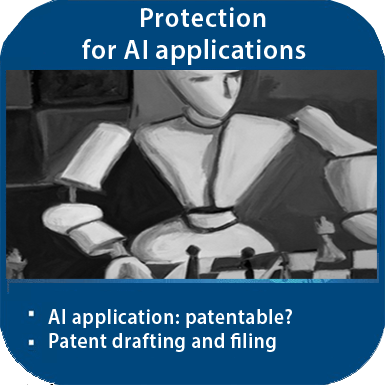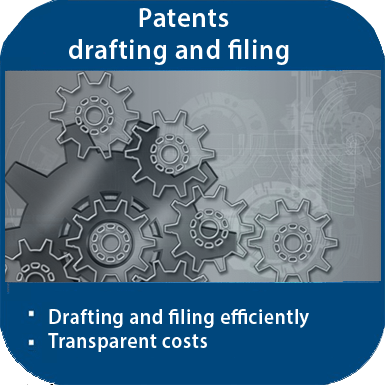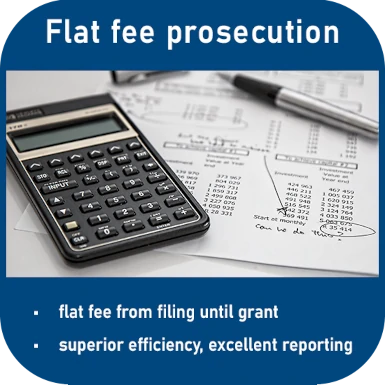BPatG has declared decoding patent invalid in Germany

The Federal Patent Court has declared a European patent of Huawei in the field of mobile telephony and telecommunications invalid for the territory of Germany. In the process of data compression of voice, image, audio and video transmissions, the patent claimed protection for a method for predicting a bandwidth extension frequency band signal using decoding.
Compression, encoding and decoding technologies are widely used in the field of digital communications. Has a method for predicting a bandwidth extension frequency band signal, as described in Huawei's patent in suit, even already been disclosed by the international MPEG-4 standard? This was the argument of the plaintiff in the revocation action against the Huawei decoding patent.
The patent in dispute: European decoding patent from Huawei
Huawei's patent in suit is entitled ‘PREDICTION METHOD AND DECODING DEVICE FOR BANDWIDTH EXPANSION BAND SIGNAL’, in the German translation: ‘Vorhersageverfahren und Decodierungsvorrichtung für ein Bandbreitenerweiterungs-Bandsignal’. Claiming the priority of the Chinese application CN 201310034240 of 29 January 2013, the patent in suit was filed internationally in July 2013 as PCT/CN2013/079883 and published on 24 June 2020 as European patent EP 2 940 685 B1. The German Patent and Trade Mark Office (DPMA) registers the patent in dispute under file number 60 2013 070 229.2.
The patent in dispute describes the task of solving technical problems in the transmission of audio and video data, in particular in the case of a low bit rate. The generally known BWE technology (Band Width Extension) is commonly used, by which an excitation signal in the low frequency band is copied into the high frequency band. The patent in dispute therefore set itself the task of ensuring continuity when copying between successive frames, thereby improving the quality of the signals and also the quality of the sound.
The first version of the MPEG-4 standard has been established as the international standard for compression and (de)coding of audio and video signals since 1998. In its decision, the Federal Patent Court referred to the following version of the MPEG-4 standard from 2009:
MPEG-4, International Standard ISO/IEC 14496-3, Fourth edition 2009-09-1: Information technology - Coding of audio-visual objects - Part 3: Audio. Reference number, ISO/IEC 14496-3:2009(E). 1416 pages.
The patent for the German territory was challenged in its entirety by two plaintiffs in an action for revocation on the grounds of lack of patentability. The Federal Patent Court ruled on this on 17 May 2024 ((4 Ni 49/22 (EP) combined with 4 Ni 53/22 (EP)).
MPEG-4 standard compared to the patent in suit
An important point in the court's decision was the question of a continuous frequency domain for the prediction according to the invention. This is because, according to the MPEG-4 standard, the frequency domain signal of the AAC decoder is first converted into a time domain signal and this is made available to the SBR tool. However, the BPatG decided that this was not detrimental because the patent in suit does not require a continuous frequency range for the prediction of the bandwidth extension frequency band signal.
Frequency band signal and the person skilled in the art
Moreover, the MPEG-4 SBR tool transforms its input signal in the time domain into the complex QMF (Quadrature Mirror Filter) domain by means of a digital filter bank. And this corresponds to a frequency transformation, the BPatG stated.
A person skilled in the art persives the frequency domain signal as quantised spectral coefficients of a frequency-discrete spectrum for the low frequency range, because it is known to him that many audio encoders perform a transformation of the audio signals to be transmitted from the time domain to the frequency domain and encode quantised spectral components of the frequency-discrete spectrum thus generated and transmit them as a bit stream to the decoder.
In the mobile data sector in particular, signals are processed in time periods known as frames. The highest frequency bin encoded by the encoder and transmitted to the decoder (see feature 1.2: decoding ... to obtain a frequency domain signal ... highest frequency bin, to which a bit is allocated) can change over time, thus also from frame to frame.
However, the BPatG found that it was not immediately and clearly apparent to the skilled person from the patent in suit whether not only the highest but also the lowest frequency received and decoded by the decoder was variable (frame by frame).
Huawei decoding patent is declared invalid in GER - provisional so far
In summary, the Federal Patent Court justified its decision by stating that the essential features of the patent are already described in the MPEG-4 standard and that there is therefore no novelty or inventive step required for patentability. This also applies to further features of the patent as features for predicting the excitation signal of the bandwidth extension frequency band and their detailed implementation.
The patent of Huawei was declared invalid in its entirety for the territory of Germany, including in the versions of all auxiliary requests (Art. II § 6 para. 1 no. 1 IntPatÜG in conjunction with Art. 138 para. 1 lit. a), Art. 52, 54, 56 EPC). It remains to be seen whether this decision is legally binding. The Federal Patent Court allowed the appeal on points of law.
Would you also like to apply for or defend a digital invention? Our law firm has a lot of expertise in this area.
Please contact our patent law firm Köllner & Partner by phone +49 69 69 59 60-0 or send us an email info@kollner.eu.







